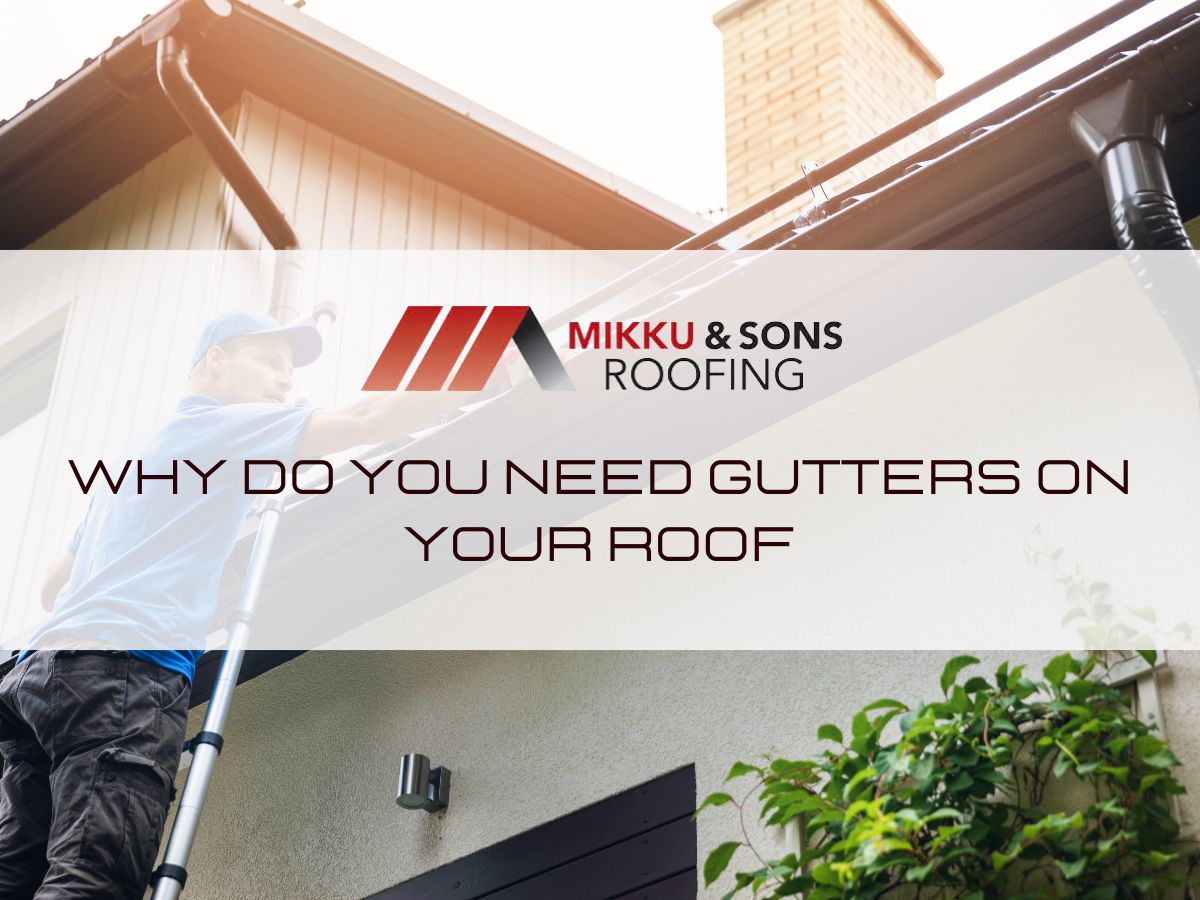

If you think your tile roof has potential issues and you want fix those problems before they becoming bigger and more expensive issues, you’ll need to know what to look for. However, how can a homeowner inspect their tile roof and recognize the telling points that may show your roof has problems? Read on and we’ll help you with telltale signs that your roof may need some attention.
We’ll be discussing:
Remember, do not walk on your tile roof! To be safe, and to keep yourself from breaking tiles, we recommend you don’t walk on your roof. This is especially important when you have a fragile clay tile roof. A good suggestions would be to use binoculars to inspect your roof from a distance from your yard or up on a secured ladder. Move the ladder to different view angles around your property to get a clear view of the entire roof.
Plant materials like mold and lichen or small branches and leaves can literally eat away at the underlayment. This will leave your roof vulnerable and could void your roof’s warranty. If your tile roof is covered with lots of leaves, branches, and other organic debris, schedule a professional roofing contractor to preform maintenance as soon as you can.
Flashing is the material around any pipes, vents, chimneys or other penetrations on your roof. Decayed or poorly installed flashing can lead to water penetrating under the tiles and potentially damaging your underlayment.
Missing or broken tiles will allow the tile roof underlayment (the roofs waterproofing feature) to decay. How does this happen? With a tile missing, the underlayment is now open and vulnerable to the weather and elements, like the hot sun, torrential monsoon rains and organic material from birds.
Fascia boards are long, straight boards that run along the lower edge of your tile roof. These boards may need repair or replacement since they’re susceptible to moisture and can rot or decay. You should look for cracks and discoloration in the fascia boards around the roof.
If you think your tile roof is sagging, it may be that the roofing material that supports the roof has weakened. Another reason could be that your roof has too much weight for the structure. You may need to have a professional tile roof repair contractor bring in a structural engineer to analyze and recommend corrections to any structural problems your roof has.
Everything we’ve pointed out so far is fairly easy to spot. However, deteriorating underlayment is harder to see because – as its name implies – it’s underneath the tile, which protects your roof from water penetrating through to the interior. Getting up on your roof and uncovering tiles to check your underlayment isn’t something you want to do yourself.
Here’s the most important thing to know – the underlayment on your tile roof needs to be replaced eventually. Usually between 12 and 20 years is about how long you can expect it to last in a climate like Phoenix.. If your roof is more than 12 years old and hasn’t been inspected in some time, you should contact an experienced tile roof repair company for a comprehensive roof inspection.
The underlayment and flashings are critical on a tile roof because they are the primary water barrier to keep moisture from penetrating your roof. The tiles themselves are mostly for architectural curb appeal and helps to protect the underlayment. Since the tiles can last 50 years or more, your underlayment needs to be of similar quality. Usually, the tiles on the roof will outlast the underlayment and the flashings around your roof penetrations.
Whatever type of underlayment is deployed on your tile roof, the installation is as critical as the material used. It’s most important that proper sealing measures and flashing material is used at all penetrations for chimneys, skylights, pipes and roof vents. Valleys in your roof are also problem areas that need special attention.
